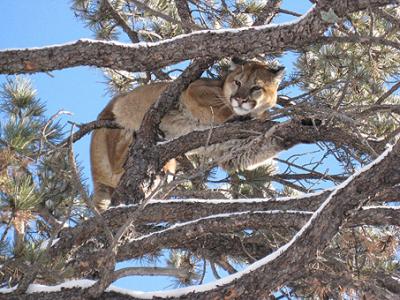
Atop a snow-covered ridge in the Missouri River Breaks, a team of researchers kneels to examine a set of four-toed and clawless tracks cut by a mountain lion (Puma Concolor). They agree the tracks belong to a cat they haven’t previously collared, so the hounds’ handler releases the dogs that will scent and chase the lion until it trees. The cat is tranquilized with a dart, and the appointed “climber-of-the-day” ascends the tree. He secures the cat with ropes and carefully lowers it to the ground. The team records the age, weight, and sex. Most important, the female lion is fitted with a GPS collar that will record her location every five hours for 12 months. The immobilizing chemicals are reversed, and when she’s no longer groggy, she strides into the rocky folds of the breaks.
The cats living in this Northern Great Plains ecosystem are a bit of an enigma as they have been little studied. The purpose of an extensive mountain lion research project undertaken in Montana’s Garnet Mountains from 1997 to 2007 was to better understand the behavior of a hunted lion population that inhabit mountain forests. In 2010, lion researchers came together in the Missouri River Breaks, a part of the 1.1-million acre Charles M. Russell National Wildlife Refuge (CMR) in north central Montana, to study the nonhunted population of “sagebrush” and “river” cats traversing native grasslands, sagebrush flats, river bottoms, and coulees studded with pine and juniper. It is a cooperative effort with representatives from the CMR, Montana Fish, Wildlife and Parks, and the leader is from the U.S. Fish and Wildlife Service (FWS), project coordinator Randy Matchett. Earlier members included representatives from the World Wildlife Fund and the Chippewa Cree Tribal Wildlife Program.
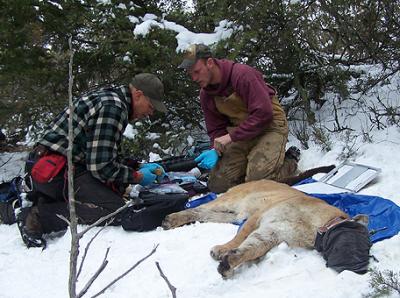
“What we want to learn from the study is how the CMR cats utilize breaks habitat and if they are multiplying and dispersing from the CMR, or are they traveling to the CMR from other areas where populations are hunted,” says Doug Powell, a FWS lion researcher and pilot whose work with Montana’s lions included the Garnet Mountain study. “An interesting question to answer though, is if the cats disperse from CMR, do they stay in a river breaks habitat or is there an equal chance they will disperse from the river breaks to a mountain range?”
From the study’s preliminary data, it appears that lions in the CMR disperse to the Little Rockies Mountains. This is the reverse of what researchers once theorized, that lions in the Little Rockies disperse to the CMR. Powell grins when he says, “Just when you think you’ve got them figured out, you don’t.”
A cat that disseminates from the CMR to, let’s say the Little Rockies, would have to establish a home range. The home range of an adult male lion is about 95 to 650 square kilometers; a female’s is 58 to 275. But in the CMR study, home ranges of collared females are smaller than those of females in hunted populations that inhabit mountain forests. This suggests that the CMR breaks support a higher density of lions. Powell says a variety of factors influence home range dimensions, such as habitat, lion population density, the availability of prey, and security from hunters and hounds as well as an individual lion’s biological characteristics, including sex, age, and reproductive condition.

There are other behavioral characteristics the team sifts through. The hounds’ handler, Grover Hedrick, drawing from his years of observing and handling lions, says the cats captured and collared during the Garnet Mountain study quickly treed when they heard baying hounds. Not so with the CMR lions that try to outrun the dogs. So the team postulates, “Is this an adaptation to living in a plains ecosystem that supports few trees, and is there a correlation between the adaptation and the response of not wanting to tree?”
CMR lions try to outrun dogs. Is this adaptation not to tree because of the plains ecosystem that supports few trees?
Of course researchers already know a lot about mountain lions. For instance, they are charismatic. Wildlife enthusiasts, photographers, and hunters all seek them out. But lions are notoriously elusive, retreating into river bottoms, mountain forests and other wooded areas where they prey on deer, elk, and other big game animals, as well as small mammals, birds, occasionally house pets, and rarely livestock. Even the well-defended porcupine is wary of this cunning, effective predator. Researchers also know that the tawny cat’s historical range in the United States included nearly every state prior to European settlement. Throughout the 19th century and into the late-20th, lions were looked upon as varmints and indiscriminately killed. Predator control programs were effective and led to the near extirpation of lion populations by the 1930s. Perpetuation of the species brightened in 1971 when the Montana legislature classified lions as a game animal protected by regulated hunting seasons and bag limits. Conservation initiatives and strategies have also helped populations rebound.
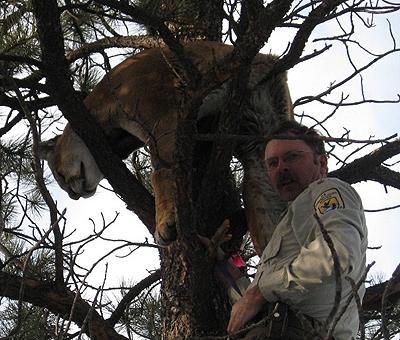
Nowadays most mountain lions inhabit the western states. In Montana, Powell has followed lions for 12 years in two different studies across diverse landscapes. That some lions prefer to live in the mountains while others choose the river bottoms is one observation. “The preference may be a learned behavior taught from their mother and/or many other factors in addition to prey availability which can influence the cats preference for a certain type of terrain,” Powell explains.
And it’s possible that mountain lion mothers teach their progeny a thing or two about mankind’s penchant for boundaries. “Some of the home range data indicate older cats know where the refuge boundaries are,” he says. “They seem to stay near or within the boundaries, though this may be based on the habitat where the trees give way to the open plains.”
While the big cats vary in size, adult males are generally eight feet long—three feet of that is tail—and weigh between 110-180 pounds. The females are about seven feet long and between 85-120 pounds. Lions are loners except during courtship or when a female is raising kittens. Females first breed at two to three years of age and give birth at about two-year intervals. Litter size ranges between one and six kittens. The kittens stay with their mother for 12 to 22 months. Their independence is believed to coincide with their mother’s return to reproductive condition.
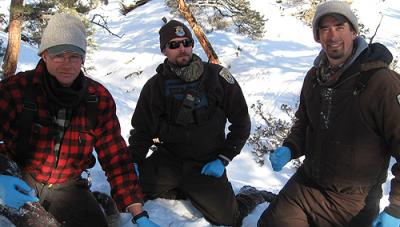
Although lions are a top predator, they do encounter precarious situations. For instance, of the seven animals the team fitted with collars in the winters of 2011 and 2012, one was caught in a leg hold trap outside of the refuge. It died a few days later. Two others vanished, which Powell attributes to poor collar transmission or malfunction, and/or death, or dispersal. Two cats survived to the predetermined 12-month collar drop off. As for the remaining two animals, a male and a female, Powell will be monitoring them until their collars drop off in January 2013.
If January snowfall is sufficient, team members will search the CMR ridges and coulees for mountain lion tracks. A new series of high-tech GPS/satellite collars will be deployed, enabling the team to monitor lion locations via the Internet, in addition to traditional aerial telemetry. Meanwhile, the large, impressive, regal cats continue to make strides repopulating what was once their historic range. We can be hopeful that in these contemporary times we humans will make a better effort coexisting with one of North America’s most magnificent/thrilling animals.
Mountain lions are symbolic of rugged mountain wilderness, but before the arrival of Europeans the animals inhabited all of Montana’s ecosystems, including pinion-juniper woodlands and open prairies. Lions are gradually re-colonizing Montana’s central, eastern and northeastern prairies




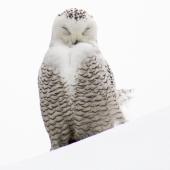
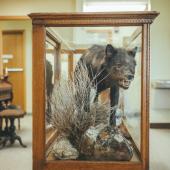
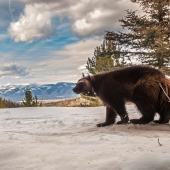

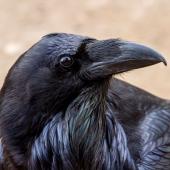



Leave a Comment Here